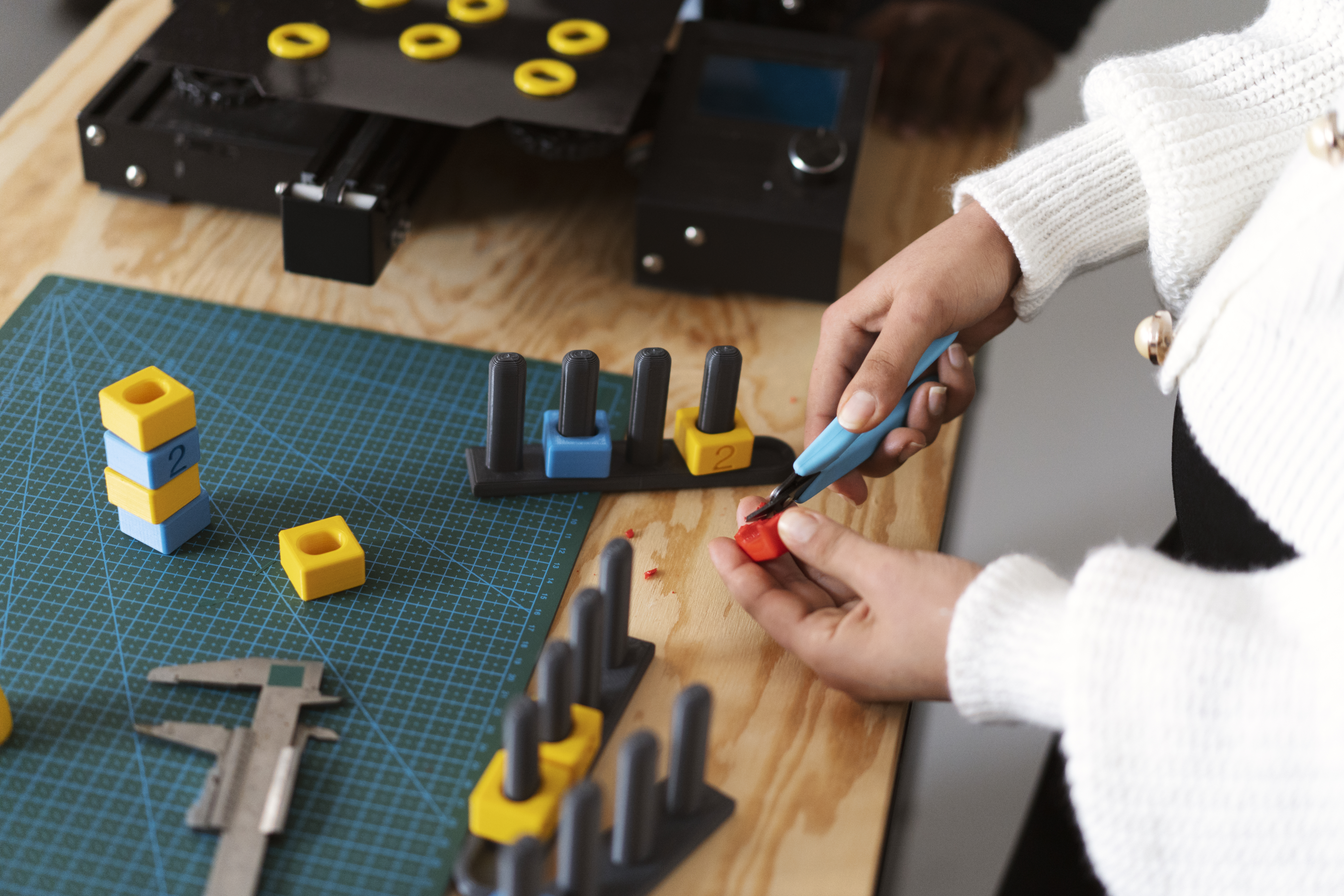How to build a Hardware Prototype with limited resources.

12 JAN 2023
When it comes to prototyping, having a large budget can certainly make things easier. However, the reality is that many companies, especially startups, don’t have the luxury of unlimited resources. But don’t let a limited budget hold you back from creating a great prototype! With a little creativity and some smart planning, you can make the most of what you have and still create a prototype that will help you achieve your goals.
First and foremost, it’s important to understand that a prototype doesn’t have to be a fully-functioning, polished product. The goal of a prototype is to test and validate your ideas, so it doesn’t need to be perfect. In fact, a rough prototype can often be more effective in helping you identify areas that need improvement.
One way to save money on your prototype is to use low-cost materials. For example, instead of using expensive metal parts, you could use plastic or wood. These materials are often cheaper and easier to work with, and they can still give you a good sense of how your product will look and function. You can also use 3D printing to create parts of your prototype at a lower cost.
Another way to save money is to use off-the-shelf components. Instead of designing and building everything from scratch, you can use pre-existing parts that are readily available. This can save you time and money, and it can also help you avoid the need for custom tooling.
When it comes to prototyping, it’s also important to be efficient with your time. One way to do this is to use rapid prototyping techniques, such as 3D printing or CNC machining. These technologies allow you to create a prototype quickly, so you can move on to testing and refining your ideas.
Another way to be efficient with your time is to use virtual prototyping tools. These tools, such as computer-aided design (CAD) software, allow you to create a virtual representation of your product without having to build a physical prototype. This can save you time and money, and it can also help you identify potential problems before you start building.
Finally, it’s important to remember that prototyping is an iterative process. You will likely need to create multiple versions of your prototype before you get it right. So, don’t be afraid to experiment and try new things. And, don’t get discouraged if your first prototype doesn’t turn out as you expected. With each iteration, you’ll be one step closer to creating a great product.
In conclusion, creating a prototype on a limited budget can be challenging, but it’s definitely possible. By using low-cost materials, off-the-shelf components, rapid prototyping techniques, virtual prototyping tools, and by keeping in mind that prototyping is iterative process, you can create a prototype that will help you achieve your goals. Remember, the goal of a prototype is to test and validate your ideas, so don’t get bogged down by perfectionism. Keep in mind that a rough prototype can often be more effective in helping you identify areas that need improvement and move on to the next step. Happy prototyping!
We are a product design company that is helping entrepreneurs and founders to build their first version of products with limited resources.
Our vision is to make technology affordable for entrepreneurs.
If you or your friend is building a startup and needs product development services, refer us.
You can send your ideas to us at hi@mlvolt.com